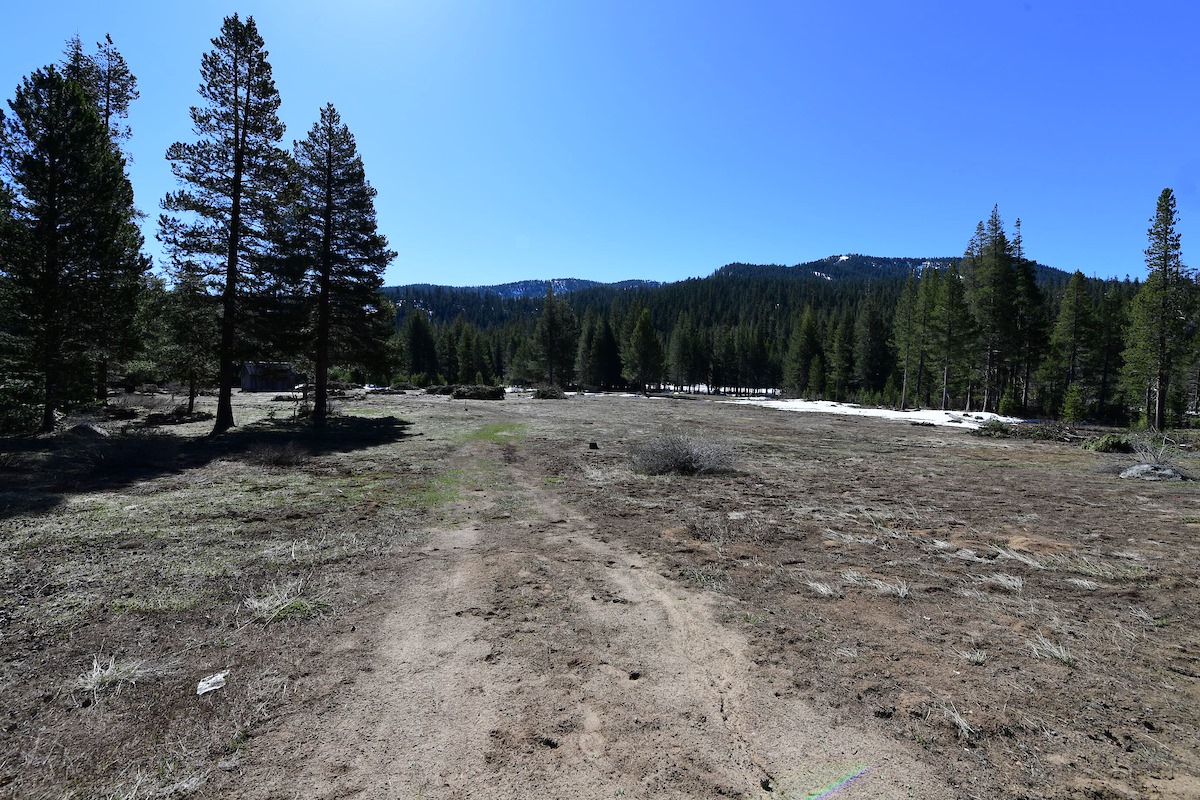California enters summer with precipitation and snowpack below average
From the Department of Water Resources:
 The season’s final manual snow survey at Phillips Station was conducted today by the Department of Water Resources (DWR). The survey recorded 1.5 inches of snow depth and a snow water equivalent (SWE) of 0.5 inches, which is 3 percent of the May average for this location. The SWE measures the amount of water contained in the snowpack, providing a more accurate forecast of spring runoff than snow depth alone.
The season’s final manual snow survey at Phillips Station was conducted today by the Department of Water Resources (DWR). The survey recorded 1.5 inches of snow depth and a snow water equivalent (SWE) of 0.5 inches, which is 3 percent of the May average for this location. The SWE measures the amount of water contained in the snowpack, providing a more accurate forecast of spring runoff than snow depth alone.
Measurements from the 130 electronic snow sensors scattered throughout the state indicate that the statewide snowpack’s water equivalent is 8.4 inches, or 37 percent of the May average. Today’s readings will help hydrologists forecast spring and summer snowmelt runoff into rivers and reservoirs.
“March and April storms brought needed snow to the Sierras, with the snowpack reaching its peak on April 9, however those gains were not nearly enough to offset a very dry January and February,” said Sean de Guzman, chief of DWR’s Snow Survey and Water Supply Forecast Section. “The last two weeks have seen increased temperatures leading to a rapid reduction of the snowpack. Snowmelt runoff into the reservoirs is forecasted to be below average.”
 California’s weather variability has been on full display this water year. Dry conditions in October and November were followed by precipitation in December that measured 120 percent of average. Very dry conditions returned to much of the state in January and February, with March and April storms leading to the snowpack peaking at just 66 percent of average on April 9.
California’s weather variability has been on full display this water year. Dry conditions in October and November were followed by precipitation in December that measured 120 percent of average. Very dry conditions returned to much of the state in January and February, with March and April storms leading to the snowpack peaking at just 66 percent of average on April 9.
In normal years, the snowpack supplies about 30 percent of California’s water needs as it melts in the spring and early summer. The greater the snow water equivalent the greater the likelihood California’s reservoirs will receive ample runoff to meet the state’s water demand in the summer and fall.
The state’s six largest reservoirs currently hold between 83 percent (San Luis) and 126 percent (Melones) of their historical averages for this date. Lake Shasta, California’s largest surface reservoir, is 94 percent of its historical average and sits at 81 percent of capacity.
Click here to explore more conditions.



